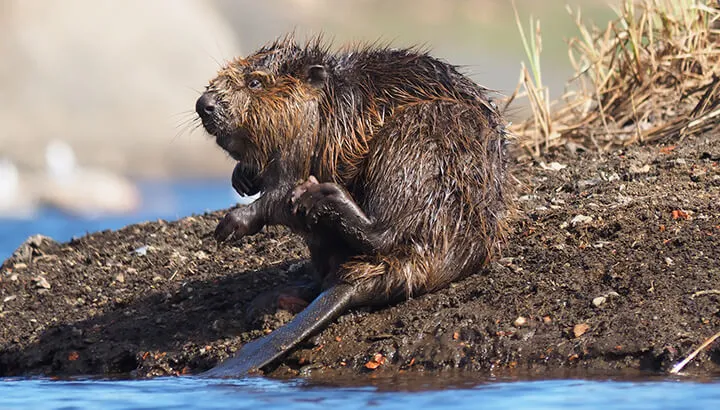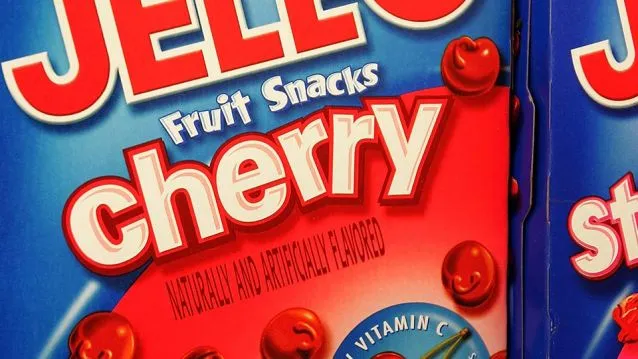I pride myself on my ability to critique almost any food label. Since making the switch to Paleo almost five years ago, I’ve learned the hard way that all is not what it seems when it comes to food labels and smooth marketing.
A product that has green packaging, for example, with pictures of happy cows or verdant foliage on the front and bold promises of “healthy” or “natural” doesn’t mean diddly squat. This kind of false advertising is subjective enough that food companies can get away with it, while the average consumer heads home thinking they invested in good health but instead are about to ingest ill-health.
I made this connection years ago, and quickly learned to turn the packaging over and take a few minutes to actually read the ingredients. If it contains anything I can’t pronounce, vegetable oils, hydrogenated fats, excessive amounts of sodium, carrageenan or anything along those lines, I put it back on the shelves and move on.
But unfortunately, the process of label critiquing isn’t always black and white. Even to the learned health connoisseur, certain ingredients might still appear healthy when in fact they’re anything but.
And here I find myself addressing one of my weak points — natural ingredients. Even to this day, my brain sees the words “natural,” and immediately gives things the green light. Surely, they’ve got to be a far sight better than their evil cousin, “artificial ingredients.” It’s fair to say that 99.9 percent of other people would come to the same conclusion.
But what’s really the deal with “natural ingredients” in products? Are they truly natural, or about as far from natural as it gets? Should you run for cover upon seeing these words, or nod your head and add the product in question to your weekly shopping basket?
How common are ‘natural flavors’ in food?

The short answer is: very common. According to the Environmental Working Group (EWG), natural flavors appeared on a database of over 80,000 listed foods in the U.S. This means that natural flavors are the fourth most common ingredient across the board, just behind staples like salt, water and sugar.
Clearly, if you’re going to pass Food Ingredients 101, you need to know what the heck natural flavors really are.
What’s in a natural flavor?

The problem is, you’ll never really know the origins of a natural flavor, no matter how investigative you’re feeling.
According to the FDA’s Code of Federal Regulations, Title 21: “The term natural flavor or natural flavoring means the essential oil, oleoresin, essence or extractive, protein hydrolysate, distillate, or any product of roasting, heating or enzymolysis, which contains the flavoring constituents derived from a spice, fruit or fruit juice, vegetable or vegetable juice, edible yeast, herb, bark, bud, root, leaf or similar plant material, meat, seafood, poultry, eggs, dairy products, or fermentation products thereof, whose significant function in food is flavoring rather than nutritional.”
In less confusing terms, this essentially means that any compound can be deemed a “natural flavor” provided it was derived from something natural. At face value, this is a good thing; there is a legal requirement to use a natural ingredient. But then they can process that ingredient however they want to achieve the flavor they’re after – they can heat it, distill it, squeeze it, roast it, acidify it or whatever takes their fancy. This leaves a lot of room for movement, and in most cases means that the end product (the natural flavor in question) in no way resembles its original, natural state.
Can this natural flavor still be called “natural” then? I’d say that at the point where an ingredient has been so modified that its very molecular structure is completely different to its original state, it’s now artificial.
What’s more, there’s no legal requirement to disclose what that natural flavor was derived from. According to the FDA, as long as the original ingredients are considered “generally recognized as safe” (GRAS), there’s no need to state what those ingredients actually are.
One of the more notorious examples of natural flavorings gone horribly wrong is this: the ground up anal glands of beavers, commonly used to create a “natural” berry flavor in many foods. Yup, that “natural blueberry flavor” in your berry granola isn’t crushed up blueberries, but the poop shoot of a small mammal. Delicious.
Natural vs. artificial — is there a difference?
When it comes down to it, there’s really not a lot separating natural flavors and artificial flavors. Sure, artificial flavors are 100 percent artificial — they began life in a lab, rather than frolicking in a field or growing on a forest floor. But after being fried, crushed, beaten, radiated and who knows what else, there’s very little “natural” left anyway.
At the end of the day, “natural flavor” still pastes a big old question mark over that ingredients list on any given food. You have no idea what the manufacturer used, but you can be certain that they didn’t have your health in mind when they decided to make berry flavorings from beaver butts.
— Liivi Hess

